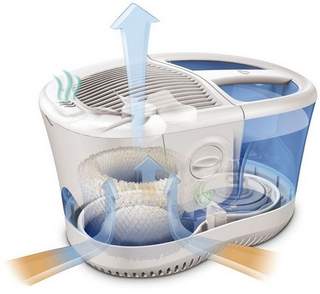 If any of our readers have the opportunity to build on a vacant lot, we recommend they visit this page at the Jetson Green website.
If any of our readers have the opportunity to build on a vacant lot, we recommend they visit this page at the Jetson Green website.
This week, they are featuring a story on David Schmit, a Minneapolis photographer who decided he wanted a home in the suburbs with the design features of his downtown rental loft. After some investigation Schmit found a company called Hive Modular that supplies prefab homes. Actually prefab home parts which are then shipped, assembled and fitted out on site.
If you’re thinking trailer home, make sure you scroll down to view some of the interior shots of Schmit’s home after it was finished and furnished.
If you want to read the whole story behind the approval, construction and siting of the house, visit the Midwest Home website.
Anyone still reading this article probably wants to know the green angle. Even though the owner originally chose Hive Modular becasue they could provide a loft-like space on his suburban lot, the construction of these homes off-site means many efficiencies in material usage are realized. Low cost per square foot construction leaves money on the table for incorporating other sustainable living features. Schmit chose locally harvested woods and pre-installed insulation to keep heating costs as low as possible during the long Minnesota winters.
It’s easy to see how other energy efficiency technology could also be incorporated into this home-from solar panels on the flat roof to Energy Star double glazed windows that will help maintain the house envelope temperature all year long.



 From a recent
From a recent 